How the United States, Canada and Mexico could come together to stage a 48-team 2026 World Cup
There is growing support for a North American World Cup in 2026, with a final on or around the 250th anniversary of the Declaration of Independence and a raft of modern new stadiums
A North American World Cup in 2026 with 48 nations would be far larger and played in almost all different venues than the 24-team event the U.S. hosted in 1994.
Football officials planned to announce details of the joint bid by the U.S., Mexico and Canada at a news conference Monday atop the Freedom Tower at the World Trade Center site in lower Manhattan. The split of games was likely to be discussed.
"Don't think for a moment that the political climate in the United States didn't impact this," former U.S. defender Alexi Lalas, now a Fox analyst, said Sunday.
"A joint World Cup that includes Mexico probably garners additional support and sends a message."
U.S. President Donald Trump has faced criticism over his plans — since stopped by courts — to bar new visas for people from Iran, Syria, Somalia, Sudan, Yemen and Libya.
FIFA President Gianni Infantino said last month than "any team, including the supporters and officials ... who qualify for a World Cup need to have access to the country, otherwise there is no World Cup. That is obvious."
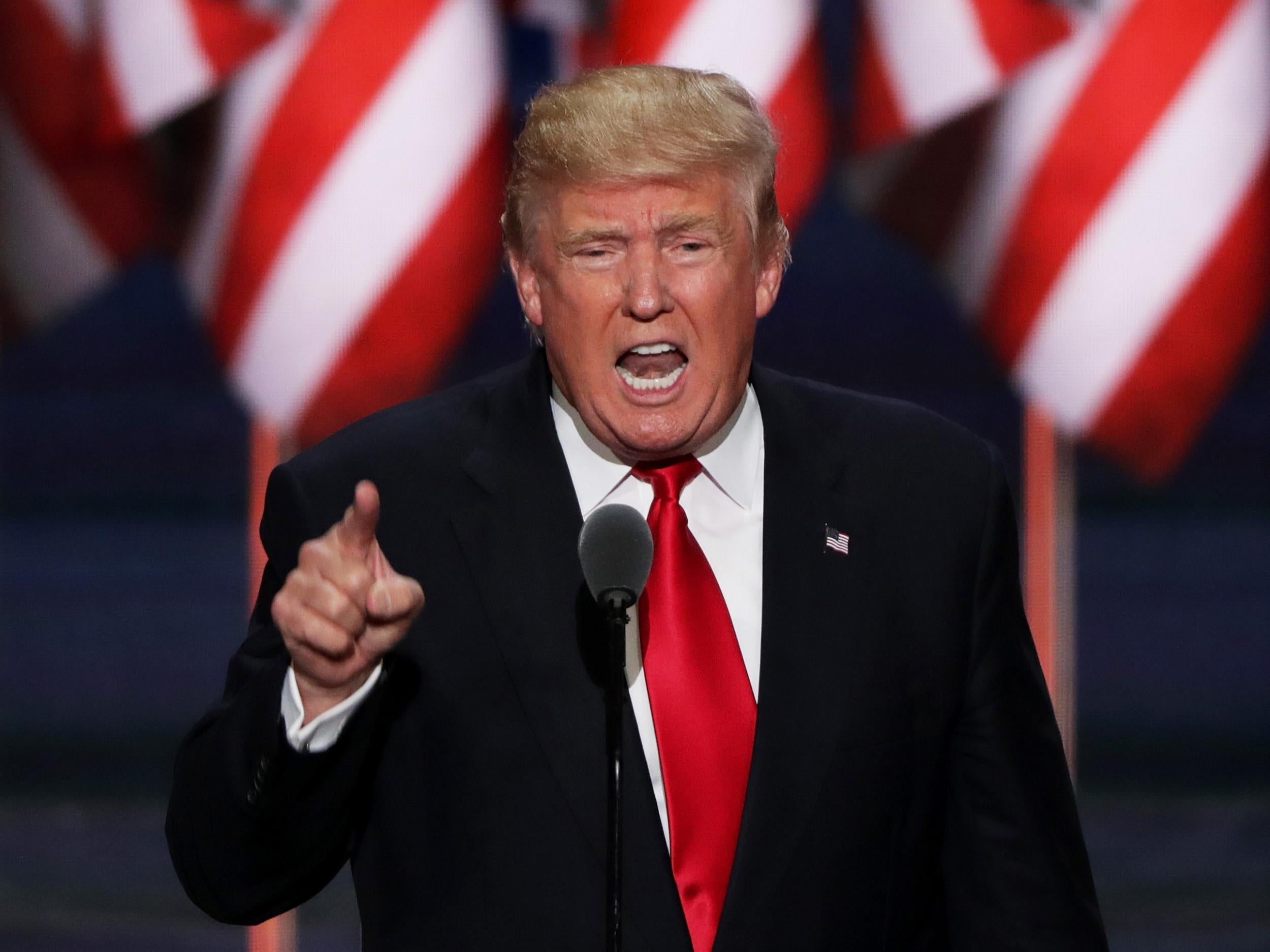
Nevertheless, a majority of games likely will be played in the United States.
Infantino and the six confederation presidents have recommended the North and Central American and Caribbean region get six berths, any host included. But the proposal said the FIFA Council would decide on a structure in the event of co-hosts.
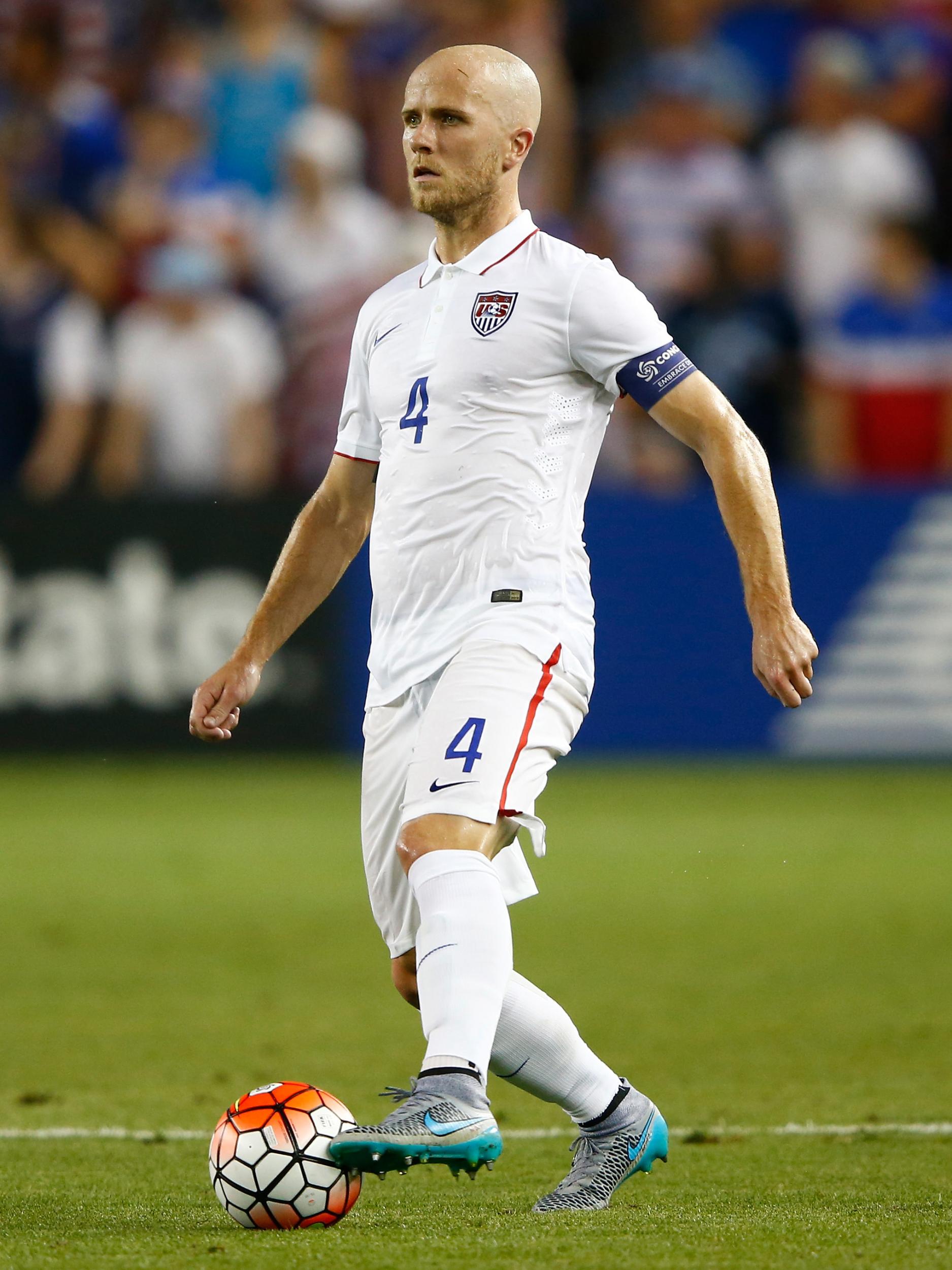
"You sit there and just shake your head: Where is this thing going to go and why?" said former U.S. goalkeeper Kasey Keller, currently an ESPN analyst.
"Who knows, maybe they'll move it to 68 teams by that time? It's so hard to tell what FIFA's thinking or what they're doing or what's the process after the last bidding fiasco. I guess you just have to trust the people closest to it, that they know what they're doing."
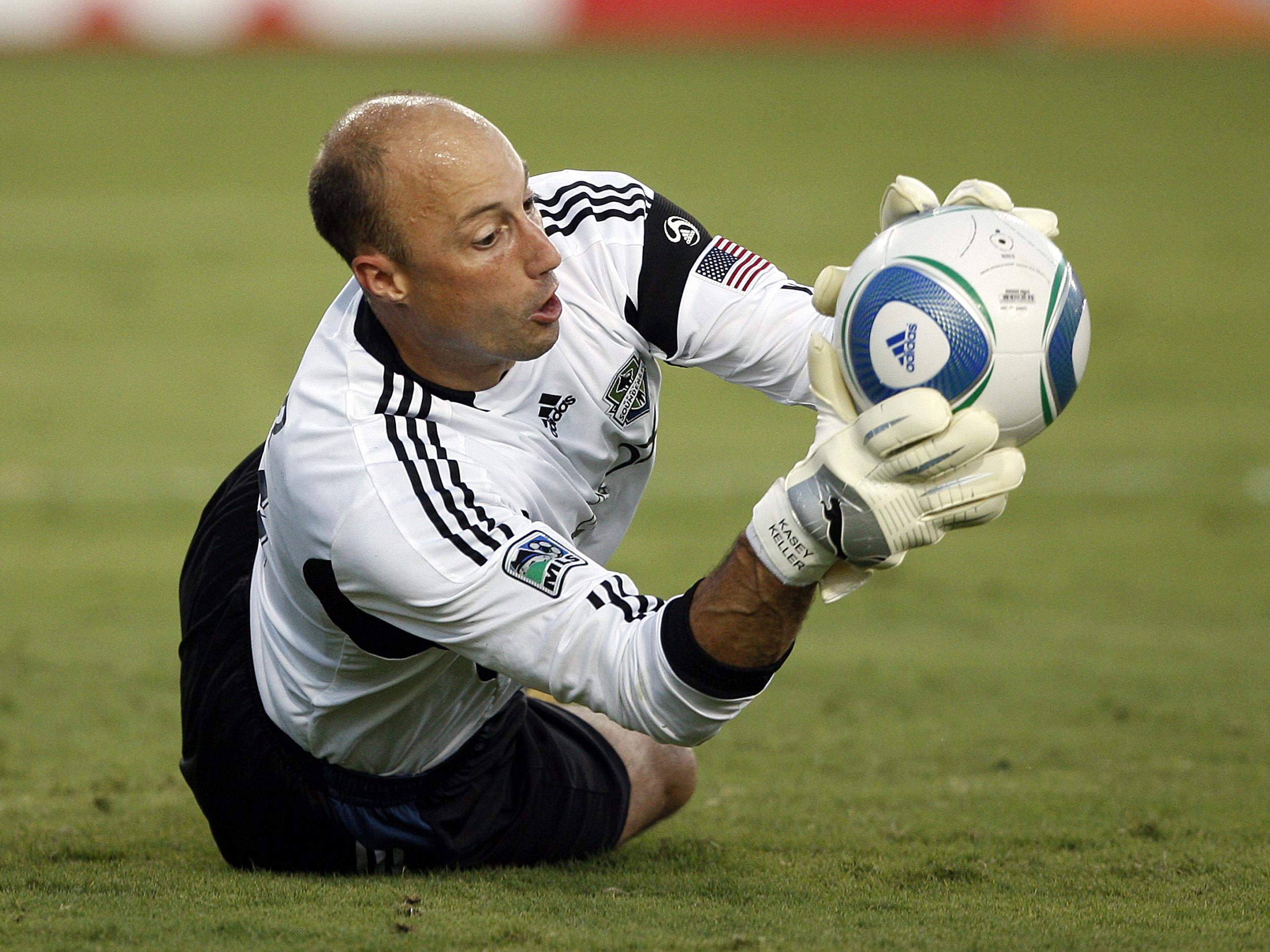
FIFA's Congress of all members decided on World Cup hosts through the 1982 tournament, but the power was then given to its ruling executive committee of about two dozen members. After the tainted vote in December 2010 that awarded the 2018 event to Russia and 2022 to Qatar, the decision was returned to the Congress, now 211 members.
FIFA announced last May that the 2026 vote will take place in May 2020 and said in October that the previous two World Cup hosts — Europe and Asia — will not be eligible to bid.
Africa could mount a bid, especially if it allies with another confederation and both vote as blocs. Europe has 55 members, Africa 54, Asia 46, CONCACAF 35, Oceania 11 and South America 10.
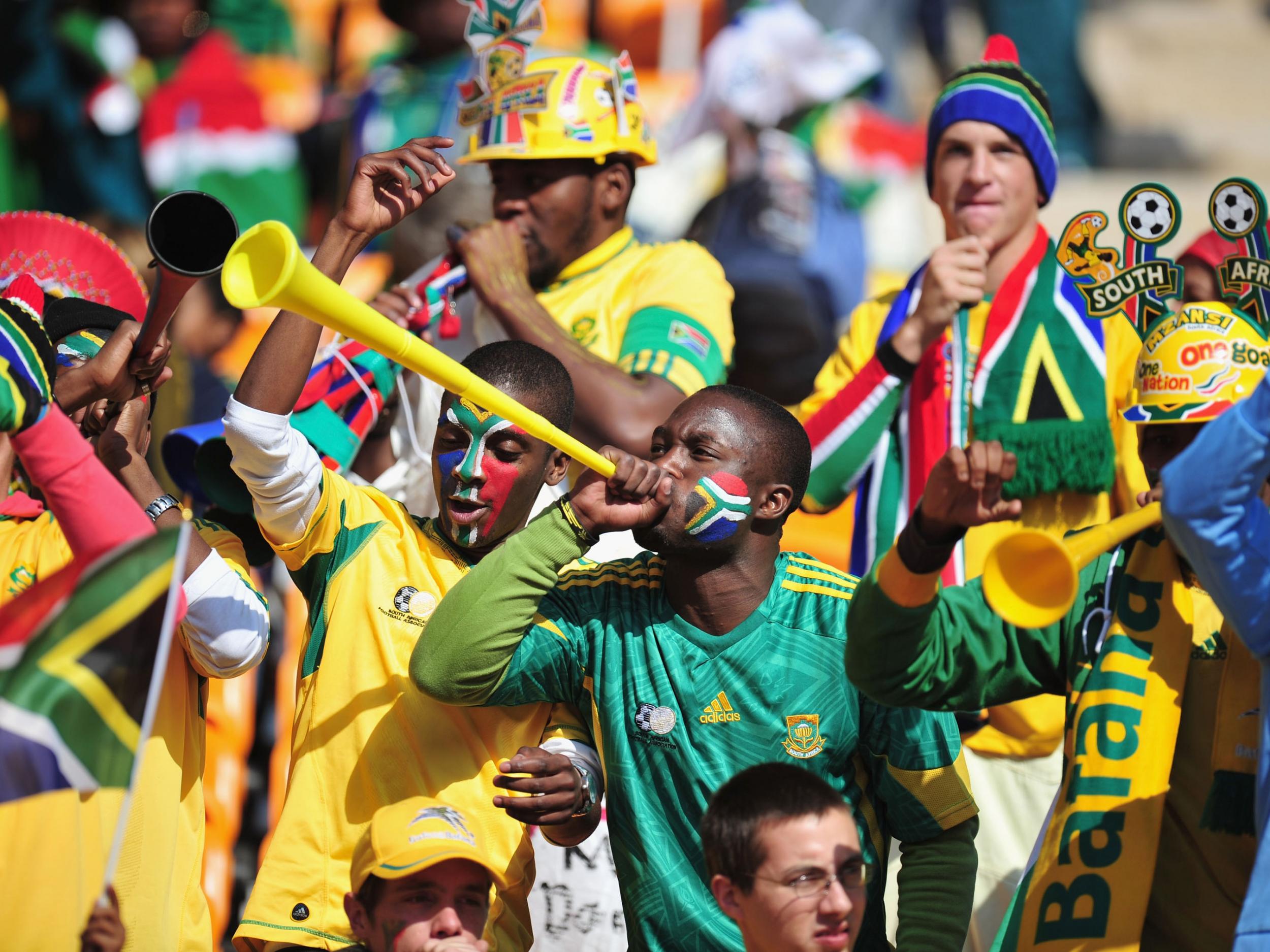
Lalas called a joint bid a "calculated and a strategic play."
"I was hoping for a U.S.-hosted World Cup, remembering 1994 and how that changed U.S. soccer forever, and I wanted a 2026 version of the United States to also alone reap the benefits of what a men's World Cup can do," he said. "However, I would rather have a joint World Cup than no World Cup at all."
Racing to construct stadiums in time dominated the run-ups to the 2010 World Cup in South Africa and the 2014 tournament in Brazil, and the pace of building again is of concern as the 2018 World Cup in Russia approaches.

The U.S. portion of the bid will rely on the gleaming stadiums opened by the NFL in the past two decades.
Among the possible venues are MetLife Stadium in East Rutherford, New Jersey (82,500 capacity, opened in 2010); AT&T Stadium in Arlington, Texas (80,000, 2009); Levi's Stadium in Santa Clara, California (68,500, 2014); Gillette Stadium in Foxborough, Massachusetts (66,000, 2002); and Lincoln Financial Field in Philadelphia (69,500 in 2003).
Atlanta's Mercedes-Benz Stadium (71,000) is set to open this year and an 80,000-seat stadium for the Los Angeles Rams in Inglewood, California, in 2019. The Washington Redskins also hope for a new home.
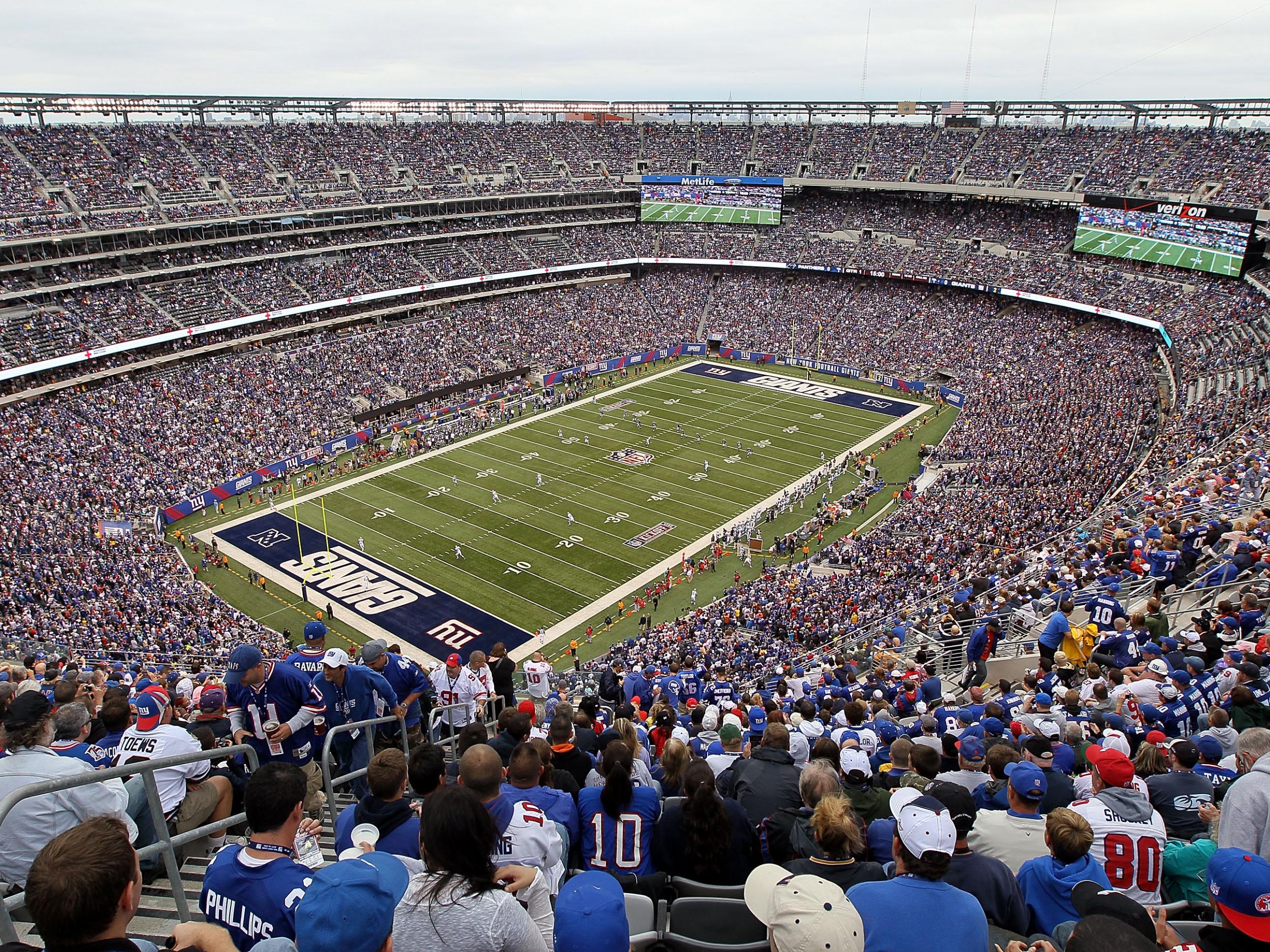
Chicago's Soldier Field, the only one of the 1994 venues likely to be used, reopened in 2003 after a gut renovation. Hard Rock Stadium in Miami Gardens, Florida, also has been modernised and a soccer-style roof over the seats was added.
Mexico would appear to have few edifice concerns. Mexico City's Azteca Stadium has an 87,000 capacity after a renovation that was completed last year, and there are relatively new venues in Monterrey (BBVA Bancomer, 52,000, 2015) and Guadalajara (Estadio Chivas, 45,000, 2010).
Canada's largest arena is Commonwealth Stadium (56,000) in Edmonton, Alberta, which opened in 1978 and was renovated ahead of the 2015 Women's World Cup.
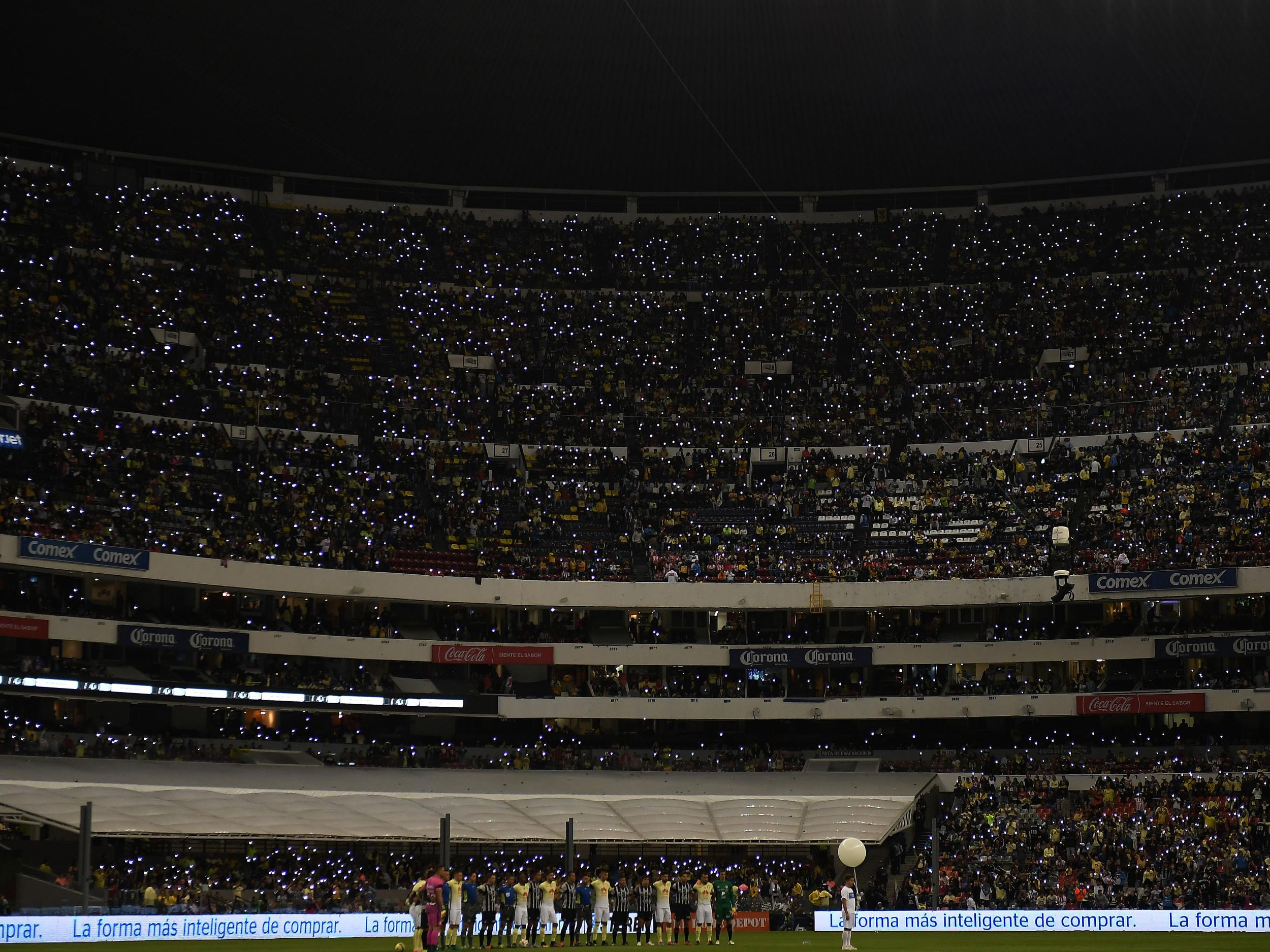
BC Place in Vancouver British, Columbia (54,500) underwent major renovations from 2009-11 and also was used for the women's tournament. Montreal's Olympic Stadium (56,000), built for the 1976 Games, and Toronto's Rogers Centre (53,000) are less ideal for soccer in their current states.
A joint effort could lessen costs in a process through which legal documents and promotion are exorbitant. The failed U.S. bid to host in 2018 or 2022 cost $9 million, of which about half was funded by the U.S. Soccer Federation. Major League Soccer and its owners gave about half the remaining contributions.
Join our commenting forum
Join thought-provoking conversations, follow other Independent readers and see their replies
Comments
Bookmark popover
Removed from bookmarks